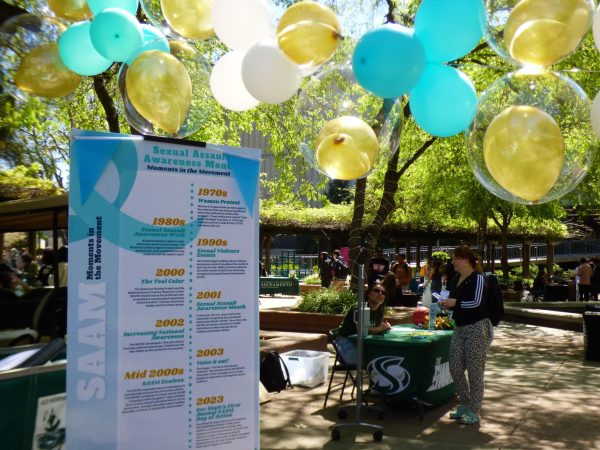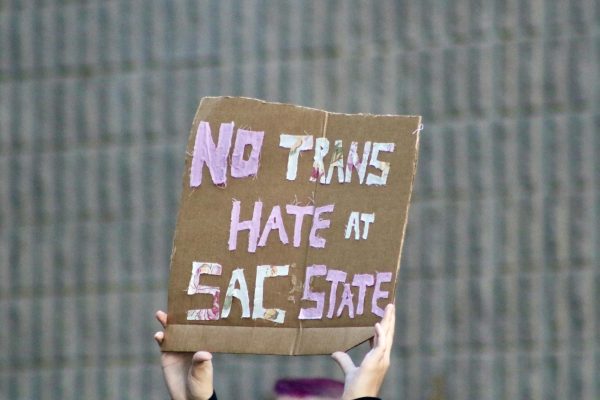Coldplay and Joe Santriani: Plagiarism or coincidence?
March 24, 2009
We’ve all seen the little sections in course syllabi that talk about plagiarism.
Avoiding plagiarism in the classroom is pretty easy: don’t copy huge chunks of text, cite your sources and include a page at the end that details those sources.
Plagiarism laws for the music industry, on the other hand, are the Faustian deal of copyright regulations.
That’s because there is no clear definition in the law about where inspiration crosses into being a violation. By the time artists find out that they’ve copied a work, they’re probably already in the middle of a lawsuit.
It’s the reason why bands like Coldplay can be accused of plagiarism by artists like Joe Satriani.
In December 2008, Satriani claimed that Coldplay had taken “substantial original portions” of his work from his song “If I Could Fly.”
Satriani’s work features no vocals; just a basic drum beat, a bass guitar and an electric guitar. It’s a stark difference from Coldplay’s “Viva La Vida,” which features a basic drum beat, violins, a bass guitar, electric guitar and the vocals of Chris Martin.
After listening to both tracks, there’s really only 26 seconds out of Joe Satriani’s 6 minute, 29-second song that even remotely resembles any part of Coldplay’s.
It’s 26 seconds of Satriani’s guitar playing that matches up for a moment with the melody of “Viva La Vida.” Is that really enough to be considered copyright infringement?
For copyright issues regarding text, communications professor Robert Humphrey said that you can “use anywhere from 200 to 300 words, as long as it is transformative,” and still not be in violation of copyright law.
That’s great, but what is “transformative?”
It means that you have taken a piece of someone else’s work, but changed it enough so that the new product is no longer recognizable from the original.
How do you know if you’ve created a transformative work?
It’s unfortunate, but the only way to be sure that a work is transformative is to be sued for copyright infringement.
The intention of copyright laws is noble. People who put hours into their craft deserve credit for their hard work. It’s in the execution of these laws where problems arise.
In 2008, Coldplay wasn’t just accused of plagiarizing Joe Satriani. Another extremely unknown band came out to accuse the band of copying them. Again, “Viva La Vida” was the song under fire.
The band Creaky Boards also claimed that “Viva La Vida” was a copy of their song. The claim was made in a YouTube video titled “Coldplay and Itunes Steal Viva La Vida From Creaky Boards.”
And yet Creaky Boards’ singer later came out and took back his original claim in an interview on June 20 with Chris Hardwick of G4TV, saying the title of the video was “a little sensationalism to bring people in.”
With thousands, if not millions of bands across the world, of course some songs are going to have similar sounds. But copyright laws do little to protect bands from false accusations.
Instead, by being vague, the laws allow for small time bands like Creaky Boards to blindly accuse famous bands like Coldplay and gain name recognition as the media covers the pseudo-scandal.
But until copyright rules change, it’s Viva La Venality.
David Loret de Mola can be reached at [email protected]








































































































































